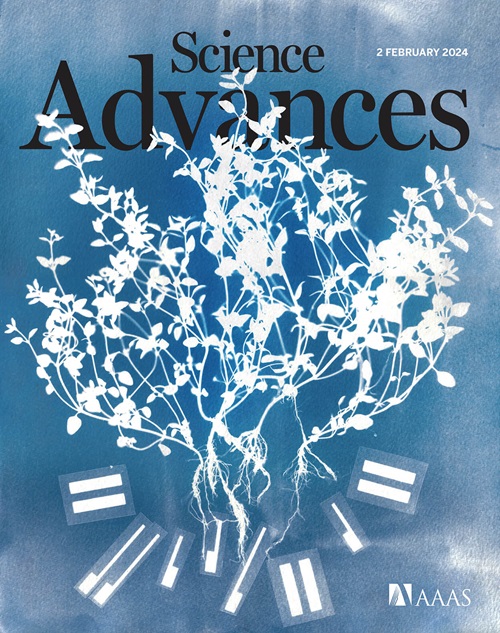Seafloor slopes control submarine canyon distribution: A global analysis
IF 11.7
1区 综合性期刊
Q1 MULTIDISCIPLINARY SCIENCES
引用次数: 0
Abstract
Earth’s continental margins are dissected by submarine canyons that convey sediments, carbon, and nutrients to the deep ocean, regulating global biogeochemical fluxes. Despite their importance in the Earth system, the controls on canyon occurrence remain poorly understood. We report results from a spatial statistical model that explains global canyon distribution. By analyzing >2000 canyons, we show that canyon occurrence correlates with the inclination of continental slopes. Onshore orogeny and associated surface processes, long considered key controls on canyon formation, play a subordinate role. Instead, our results suggest slope inclination as the primary control on submarine canyon density. Because continental slope morphology is fundamentally shaped by marine tectonic and thermal processes, these large-scale forces indirectly govern canyon formation and distribution globally. As a result, they influence the presence of pathways that facilitate the transfer of sediments, carbon, and nutrients to the deep ocean, with implications for biogeochemical cycles over geological timescales.
海底斜坡控制海底峡谷分布:全球分析
地球的大陆边缘被海底峡谷切开,海底峡谷将沉积物、碳和营养物质输送到深海,调节着全球生物地球化学通量。尽管它们在地球系统中很重要,但对峡谷发生的控制仍然知之甚少。我们报告了一个解释全球峡谷分布的空间统计模型的结果。通过对2000个峡谷的分析,我们发现峡谷的产状与大陆斜坡的倾斜度有关。长期以来被认为是峡谷形成的关键控制因素的陆上造山运动和相关的地表作用起着次要作用。相反,我们的结果表明斜坡倾角是海底峡谷密度的主要控制因素。由于大陆斜坡的形态基本上是由海洋构造和热作用形成的,这些大规模的力量间接地控制着峡谷的形成和全球分布。因此,它们影响了促进沉积物、碳和营养物质向深海转移的途径的存在,对地质时间尺度上的生物地球化学循环产生影响。
本文章由计算机程序翻译,如有差异,请以英文原文为准。
求助全文
约1分钟内获得全文
求助全文
来源期刊

Science Advances
综合性期刊-综合性期刊
CiteScore
21.40
自引率
1.50%
发文量
1937
审稿时长
29 weeks
期刊介绍:
Science Advances, an open-access journal by AAAS, publishes impactful research in diverse scientific areas. It aims for fair, fast, and expert peer review, providing freely accessible research to readers. Led by distinguished scientists, the journal supports AAAS's mission by extending Science magazine's capacity to identify and promote significant advances. Evolving digital publishing technologies play a crucial role in advancing AAAS's global mission for science communication and benefitting humankind.
 求助内容:
求助内容: 应助结果提醒方式:
应助结果提醒方式:


